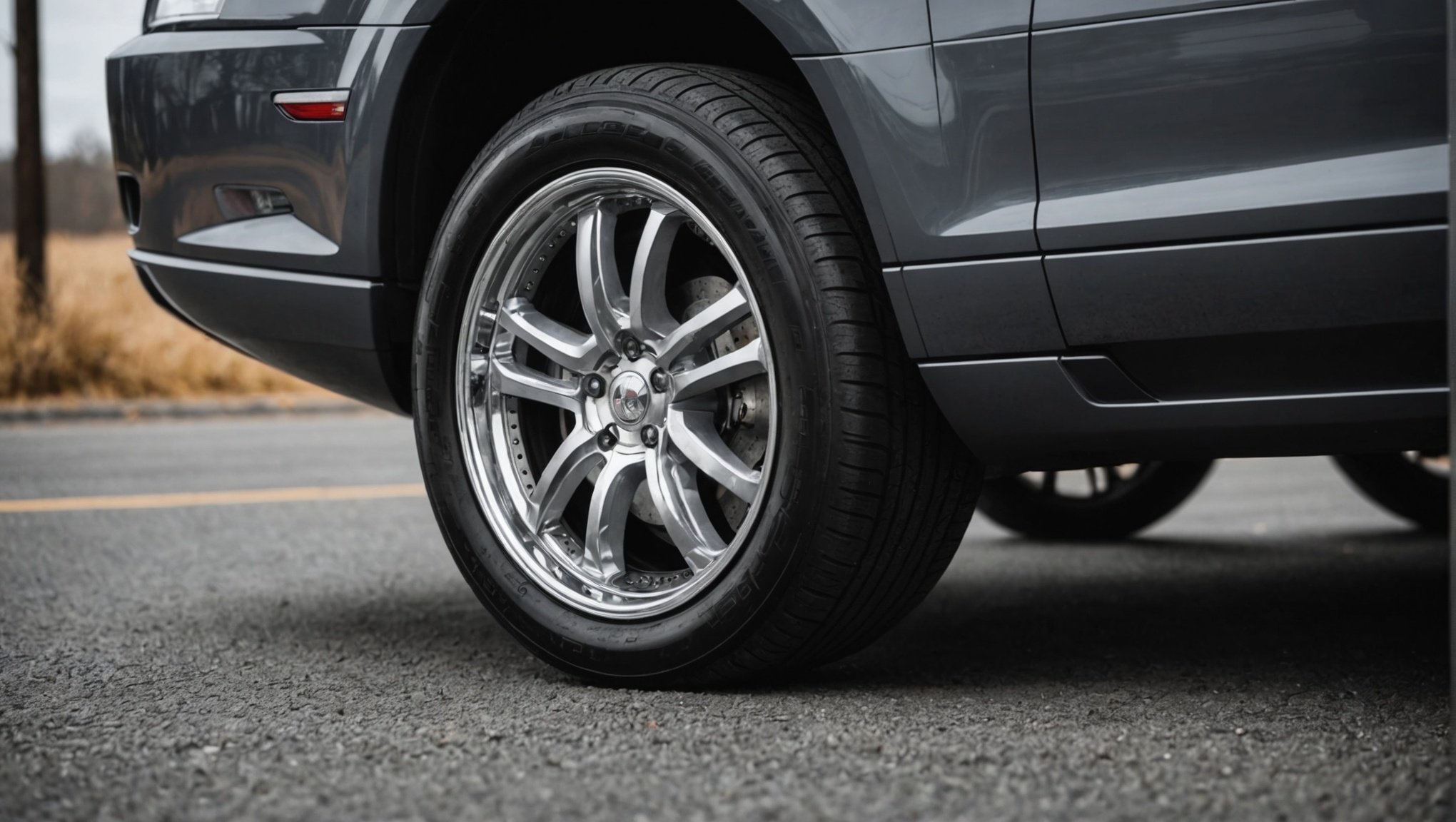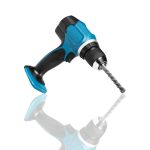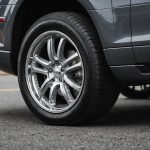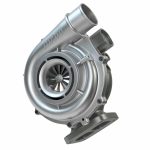How to Spot and Fix Air Suspension Leaks in Your Luxury Car: A Comprehensive Guide
Air suspension systems in luxury cars are known for their comfort and performance, but they can also be prone to leaks and other issues that can compromise the vehicle’s ride quality and safety. Here’s a detailed guide on how to detect and address air suspension leaks, ensuring your luxury vehicle remains in top condition.
Understanding Air Suspension Systems
Before diving into the detection and repair of leaks, it’s essential to understand how air suspension systems work. These systems use air-filled struts or bags to support the vehicle, providing a smoother ride and better handling compared to traditional coil spring suspensions. The system includes air springs, a compressor, valves, and an electronic control module that manages the air pressure and height of the vehicle.
Have you seen this : Essential Guide to Adjusting Torque Specifications for Tire Changes on Your Lightweight Compact Car
Signs of an Air Suspension Leak
Identifying an air suspension leak early can prevent more costly repairs down the line. Here are some common signs to look out for:
Warning Lights and Messages
Many modern luxury cars will display a warning message on the dashboard if there is an issue with the air suspension system. Messages like “air suspension fault detected” or “please drive under 35 mph” indicate a problem that needs immediate attention.
Also to discover : How can cyclists ensure their safety when sharing the road with heavy vehicles in the UK?
Unusual Noises
Loud noises from the suspension area, such as hissing sounds or sudden thuds, can indicate a leak or other malfunction.
Changes in Ride Height
If your vehicle is sitting lower than usual or if the ride height is inconsistent, it could be a sign of a leak. Some systems may also overinflate or underinflate the air bags, leading to an uneven ride.
Frequent Rebalancing
If the system is constantly rebalancing or recalibrating, it may indicate that there is a leak causing the air pressure to drop.
How to Detect Air Suspension Leaks
Detecting air suspension leaks involves a combination of visual inspections, diagnostic tools, and simple tests.
Visual Inspection
Regularly inspect the air lines, fittings, and air springs for signs of wear, damage, or leaks. Look for any visible cracks, cuts, or signs of moisture around the connections and components.
Soap Water Test
A simple and effective method to check for leaks is the soap water test. Mix dish soap with water and spray it onto the air lines and fittings. If there is a leak, bubbles will form where the air is escaping.
Diagnostic Tools
Use an OBD2 code reader to check for any error codes related to the air suspension system. This can help pinpoint the exact issue and guide your repair efforts.
Common Areas to Check for Leaks
Here are some common areas where leaks often occur:
| Component | Description | Common Issues |
|---|---|---|
| Air Springs | The air-filled bags that support the vehicle. | Leaks, cracks, or damage to the air spring material. |
| Air Lines | The hoses that connect the air springs to the compressor and valves. | Cracks, cuts, or loose connections. |
| Fittings and Connections | The points where the air lines connect to other components. | Loose or damaged fittings, signs of moisture. |
| Valve Block | The component that controls air flow to the air springs. | Malfunctioning valves or blockages. |
| Compressor | The unit that generates the air pressure for the system. | Overheating, failure to generate sufficient pressure. |
Repairing Air Suspension Leaks
Repairing air suspension leaks can range from simple fixes to more complex and costly repairs.
Simple Fixes
- Repositioning Air Seal Tubes: If an air seal tube has popped out, it may be possible to reposition it manually and recalibrate the system.
- Tightening Loose Connections: Ensure all fittings and connections are secure and not leaking.
More Complex Repairs
- Replacing Air Springs: If the air springs are damaged, they may need to be replaced. This can be expensive, with costs ranging from a few hundred to several thousand dollars depending on the vehicle and the extent of the damage.
- Replacing Air Lines and Fittings: Damaged air lines and fittings need to be replaced to prevent further leaks.
- Repairing or Replacing the Valve Block: If the valve block is malfunctioning, it may need to be repaired or replaced, which can also be costly.
Cost Considerations
The cost of repairing an air suspension leak can vary widely depending on the nature of the issue and the vehicle.
Parts Costs
- Air Springs: Replacing air springs can cost anywhere from $500 to $2,000 or more per unit, depending on the vehicle model and the quality of the parts.
- Air Lines and Fittings: Replacing these components is generally less expensive but can still add up to several hundred dollars.
- Valve Block and Compressor: These components can be very expensive to replace, with costs potentially exceeding $1,000 to $3,000 or more.
Labor Costs
Labor costs can add significantly to the overall bill, especially if the repair requires specialized tools and expertise. Taking the vehicle to an authorized dealer can be very expensive, while independent shops may offer more competitive rates.
Preventive Maintenance
Regular maintenance is key to preventing air suspension leaks and ensuring the longevity of the system.
Routine Inspections
Regularly inspect the air lines, fittings, and air springs for signs of wear or damage. This can be done visually or using diagnostic tools.
Cleaning and Lubrication
Keep the moving components of the air suspension system clean and well-lubricated to prevent wear and tear.
Calibration and Firmware Updates
Ensure the electronic control module is calibrated correctly and firmware is updated to the latest version to maintain optimal system performance.
Conclusion
Air suspension leaks in luxury cars can be a significant issue, but with the right knowledge and tools, they can be detected and repaired efficiently. Regular maintenance, prompt action on warning signs, and the use of diagnostic tools can help prevent minor issues from becoming major problems. By understanding how air suspension systems work and where to look for leaks, you can keep your luxury vehicle in top condition and ensure a smooth, comfortable ride.
Future Trends in Air Suspension Technology
As technology advances, air suspension systems are becoming more sophisticated. Future trends include the use of electronic management systems that can adjust suspension settings in real-time based on driving conditions. Predictive maintenance capabilities and integration with other vehicle systems like adaptive cruise control and stability control are also on the horizon. These advancements promise to enhance performance, comfort, and safety, making air suspension systems even more appealing for luxury car owners.
















